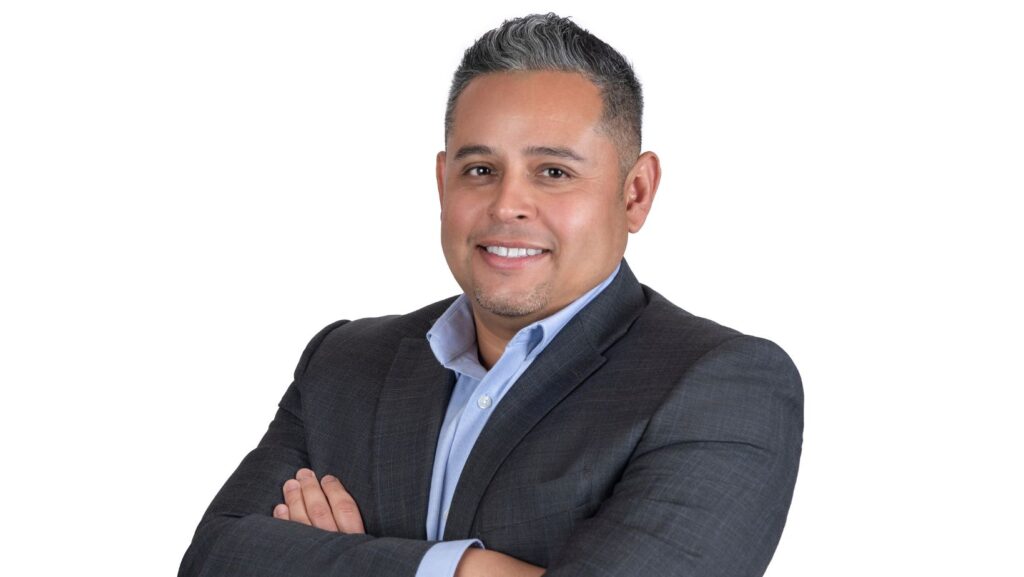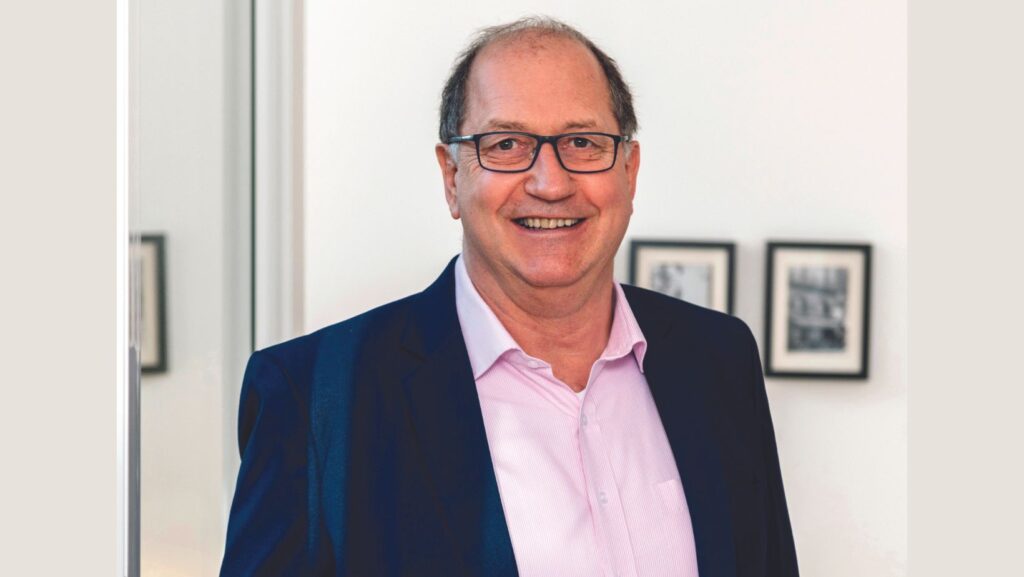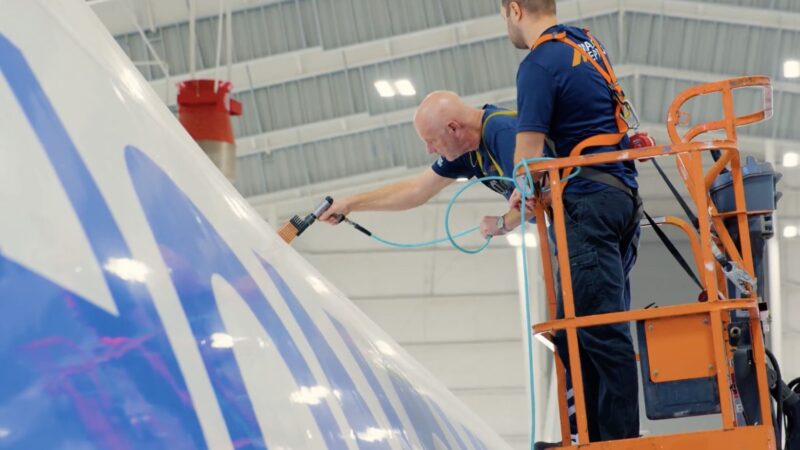Line maintenance: Recruitment and retention remain priorities
Kevin Rozario finds out that initiatives range from training academies to higher salaries and more.
Routine and/or preventive aircraft non-hangar maintenance performed before, between, or after flights is an essential part of the MRO business. This set of regular procedures, or line maintenance, ensures that aircraft are airworthy on a day-to-day basis. Often, it is also the first line of defence in identifying more serious faults that require time in the shop.
One of the issues that has plagued line departments post-Covid has been a continuing labour shortage of licensed mechanics. The situation had become entrenched but is now moderating as operators have come up with strategies to cope.
At FEAM Aero – which claims to be the largest provider of aircraft line maintenance services in the US – conditions are improving. Scott Diaz, vice president of business development tells MRO Management: “The labour shortage persists, although the intensity has begun to ease compared to the peak experienced during the immediate aftermath of the pandemic. To tackle it, we’ve implemented comprehensive recruitment initiatives.”
The company has assembled a team dedicated to bolster recruitment efforts led by a new vice president of human resources. “Additionally, we’ve forged strategic partnerships with regulatory bodies such as the Federal Aviation Administration (FAA) to access grants to increase our recruitment initiatives to specific market segments and to also provide scholarships and tuition reimbursements,” explains Diaz.
For FEAM Aero, which has maintenance bases at 52 locations globally, including two hangar facilities, collaborations with educational institutions are integral to its line maintenance personnel drive.
The company has initiated partnerships with multiple schools and partnered with Florida’s Epic Flight Academy to build and open an A&P (airframe and powerplant) school at Cincinnati/Northern Kentucky International Airport (CVG), further expanding FEAM Aero’s CVG technical centre.
In January, FEAM Aero also teamed up with Orion Talent to address the growing demand for skilled aviation professionals, with a specific focus on recruiting military veterans. Last summer, the MRO company also unveiled the A&P Mechanic Referral & Retention Bonus Campaign for all qualified new‑hire A&P mechanics in eligible locations. The bonus totalled $12,000 after 24 months.
In Europe, companies may not be going that far, but are facing the recruitment situation head on and offering incentives. Jan Kment, line maintenance manager at Czech Airlines Technics, says: “Persistent labour shortages pose an ongoing challenge for our line maintenance operations. To tackle this, we are implementing measures such as offering higher wages and enhancing versatility through additional training for various aircraft types (mainly widebody).”
Meanwhile, at Magnetic Line, a certified line maintenance service provider that is part of Magnetic Group (formerly the maintenance division of Estonian Air), the recruitment challenge is central to its planning. Steven Williams, director of operations, says: “This subject requires our full focus. At Magnetic Line, we are improving pay and conditions to match the ever-changing market situation.”
Williams notes the movement of both new and experienced technical staff/engineers into other lines of business outside aviation, so retention remains key. Options such as not having to work in shifts and on weekends may even become possibilities at some companies.
He adds: “We see that other players in the industry have increased salaries and are often looking at new ‘employment grounds’ such as Africa and Asia to find staff. We are focusing on the retention of our current employees, on one side by increasing salaries and adjusting our compensation and benefits packages and, on the other side, developing and training staff internally.” This means turning interns into mechanics and then into engineers while ensuring loyalty through better pay and conditions.
This article continues after the below picture…

Holding the line
As well as recruitment drives and more generous packages, the way that line maintenance works has changed for some MROs in the post-pandemic era.
Line work – usually carried out while the aircraft remains in its operating environment – is often seen as routine and relatively straightforward. FEAM Aero believes this is a misreading of what the business is about.
Diaz says: “Contrary to the perception of routine tasks, line maintenance is a highly technical and intensive scope of work. Post-pandemic, airlines are strategically utilising ground time to conduct more scheduled maintenance, ensuring aircraft reliability and operational readiness.”
This trend has meant adjustments to FEAM Aero’s operations, with more work being planned and allocated to maximise ground-time efficiency. “Consequently, there’s an increased demand for troubleshooting acumen and on-the-job training,” adds Diaz. To address this, the company has partnered with leading aircraft systems training organisations to revamp its general familiarisation (Gen Fam) programmes to incorporate practical systems training and emphasise hands-on learning.
Others, like Czech Airlines Technics, have not seen significant changes in line maintenance before or after Covid-19 while Magnetic Line thinks that the main pre- and post-pandemic difference is the availability of suitably qualified engineers.
Williams says: “The business remains stable though the dynamic has somewhat shifted in the past four to five years. The work and the customers are there, but finding and attracting new talent has become the main obstacle and focus.” He points out that one of the changes, from a market perspective, is the introduction of newer aircraft types, such as the Airbus A350 and Boeing 787, on certain routes and this has become “the main driver for additional training”.
Bringing technology into the picture
To date, technology advances such as virtual reality (VR), augmented reality (AR) and artificial intelligence (AI) have played a mixed role in enhancing line maintenance efficiency due to the nature of the service.
Magnetic’s Williams says: “Line maintenance is still very much a hands-on service. This is not to say that developments in VR/AR/AI are not there. There is technology that makes it possible to perform maintenance with the help of AI at a distance or when using robotics.
“However, it will take some time before this is implemented because of approvals required from some authorities. The fact that safety is number one in aviation makes the industry relatively conservative. But technological developments might, in the future, be one of the answers regarding the lack of technical manpower.”
Similarly, Czech Airlines Technics does not currently employ any high-tech tools in its line operations. Kment says: “This is largely due to our role as an MRO provider for third parties, wherein we primarily utilise technologies provided by our clients. None of our existing customers have implemented such measures.” But he admits that VR/AR/AI technologies “have the potential to significantly enhance productivity” and ensure “greater certainties” for aircraft maintenance mechanics when working on aircraft.
It’s a different story across the pond at FEAM Aero. Diaz says: “Currently, we’re piloting the use of tools like the Microsoft HoloLens, specifically focusing on its potential applications within our Aircraft on Ground (AOG) team. By leveraging such cutting-edge technologies, we aim to streamline our maintenance processes, facilitate quicker troubleshooting and optimise resource utilisation.”
For FEAM Aero, the integration of AR and VR platforms “is revolutionising how our technicians access information, perform inspections and execute repairs”, all of which can improve efficiency and reduced downtime.
This article continues after the below picture…

A numbers game
While the technology uptake may be slow in some quarters, line maintenance providers are generally upbeat about the future.
Czech Airlines Technics is expecting a rise in activity at Prague’s Vaclav Havel Airport thanks to a general uptick in air traffic driven by the resurgence in travel demand.
FEAM Aero also seems optimistic about its line maintenance trajectory. Diaz says: “Notably, several customers have transitioned to segmented A-checks at our Aero CVG technical centre, indicative of a growing reliance on our services to support their operational needs. Looking ahead, we anticipate continued momentum, driven by increasing demand for our specialised expertise and a resurgence in air travel.”
Magnetic Line has started the year well with the January announcement of a cooperation with Singapore Airlines at Frankfurt Airport. Williams says: “In a nutshell, whoever has a sufficient number of suitably qualified staff will be in a favourable position in the market.”
It is a reason Magnetic has also just launched a workforce programme, the Magnetic Academy, that aims to train between 60 and 100 new aircraft engineers in the coming years. It is open to newcomers with no previous aviation education or experience as well as professionals already in the company.
Risto Mäeots, chief executive at Magnetic Group, comments: “The programme combines Magnetic MRO’s practical experience with the academic knowledge of the Riga Transport and Telecommunications Institute (TSI Riga). The aim is to fill a critical gap in the skilled workforce.”
As the travel rebound continues – ACI World, IATA and Boeing are all predicting that 2024 will finally see 2019 traffic levels again – both passengers and freight are expected to grow by over three per cent CAGR to 2042 (source: Airbus). According to the European aircraft manufacturer, fleets in service will more than double from 22,880 in early 2020 to 46,560 by 2042. For the line maintenance business, these are numbers to cheer about, so long as they have the personnel to manage.
This feature was first published in MRO Management – March 2024. To read the magazine in full, click here.
